As our busy lives revolve around daily routines, it’s no surprise that small kitchen appliances eventually become a staple in our daily lives. Coffee makers, toasters, blenders, and food processors help us save time and effortlessly create delicious meals and snacks.
Having a broken coffee maker, toaster, blender, or food processor can be frustrating. From unevenly toasted bread and burnt smells to blades not spinning and leaking liquids, these appliances need regular maintenance and occasional repairs. Keep your appliances in good shape with help from this handy guide on how to fix common issues.

Repairing Coffee Makers
Coffee makers are a staple in many households, providing an easy and convenient way to make a fresh cup of joe. However, like any appliance, coffee makers can sometimes break down or experience malfunctions.
1. Coffee Maker Won’t Brew
One of the most frustrating issues that coffee maker owners may encounter is when the machine simply won’t brew. In these cases, it’s important to check that the machine is properly plugged in and that the water reservoir is filled.
If the machine still won’t brew, it may be time to descale the machine or clean the filter.
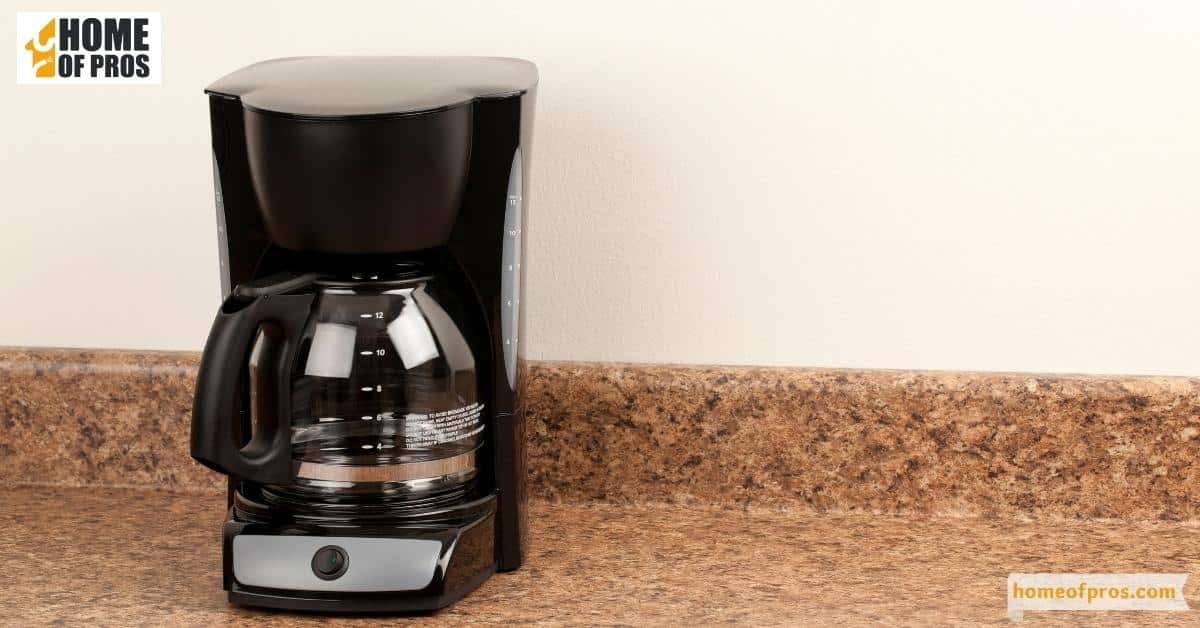
2. Leaking Coffee Maker
A leaking coffee maker can be messy and potentially dangerous if water drips onto electrical components. To fix this issue, first, make sure the carafe is properly aligned with the machine. If that doesn’t work, it may be time to replace the gasket or seal.

3. Coffee Maker Has a Burnt Smell
If your coffee maker has a burnt smell, it’s important to address the issue quickly to prevent any potential fire hazards. This smell may be caused by built-up mineral deposits or old coffee grounds. To fix this issue, try running a mixture of equal parts water and vinegar through the machine.

4. Coffee Maker is Clogged
If your coffee maker is clogged, it may not be able to brew properly. To fix this issue, try cleaning the machine with a mixture of hot water and dish soap. It’s also important to regularly clean the machine’s filter to prevent clogs from forming in the first place.
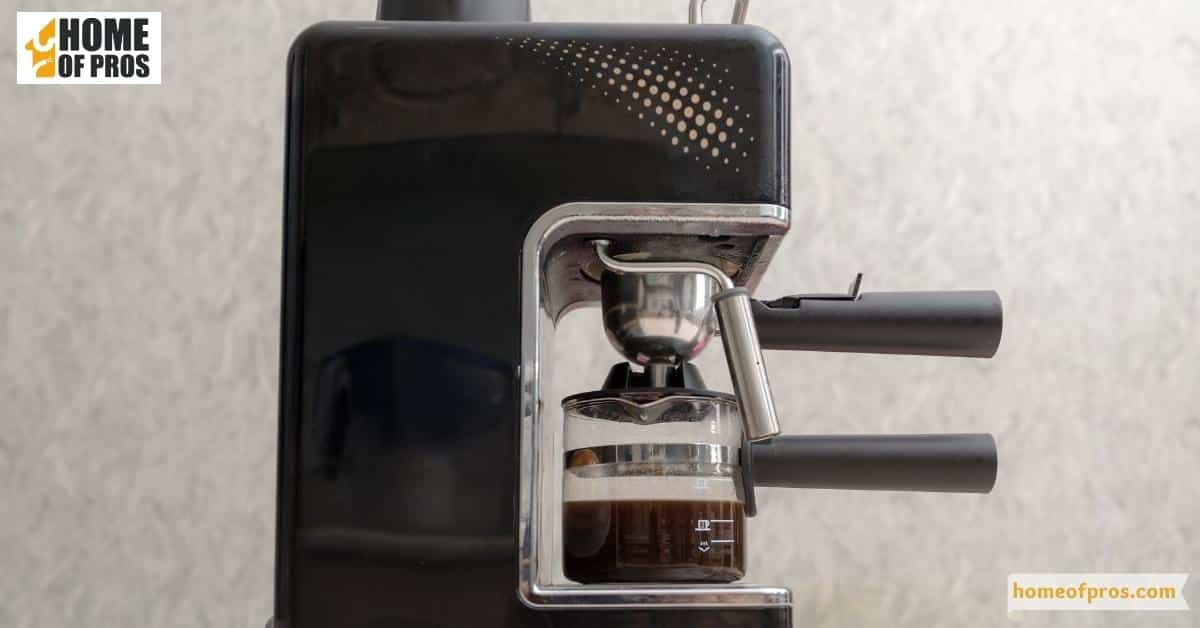
Repairing Toasters
Toasters are a staple in many households, providing an easy and convenient way to make toast for breakfast or a quick snack. However, like any appliance, toasters can sometimes break down or experience malfunctions.
1. Uneven Toasting
One of the most frustrating issues toaster owners may encounter is when the toast is unevenly toasted. In these cases, it’s important to check that the bread is evenly placed in the slots and that the settings on the toaster are adjusted correctly.
If the issue persists, it may be time to clean the toaster’s heating elements with a soft brush.

2. Broken Toasting Mechanism
If the toaster’s toasting mechanism is broken, the toaster may not work at all. The problem could be caused by a variety of issues, from a faulty heating element to a broken switch. In these cases, it’s best to take the toaster to a professional repair service.

3. Toaster Won’t Stay On
If your toaster won’t stay on, it may be due to a malfunctioning thermostat. This is typically indicated by the toaster turning off too quickly or not heating up enough. In these cases, it’s important to unplug the toaster and let it cool down before attempting any repairs. You may need to replace the thermostat entirely.

4. Stuck Bread in Toaster
If the bread gets stuck in your toaster, it can be tempting to try and remove it with a metal utensil. However, this can be dangerous and potentially damage the toaster.
Instead, unplug the toaster and use wooden chopsticks or tongs to gently remove the bread. If the bread is burnt, it may be time to clean the toaster’s heating elements.
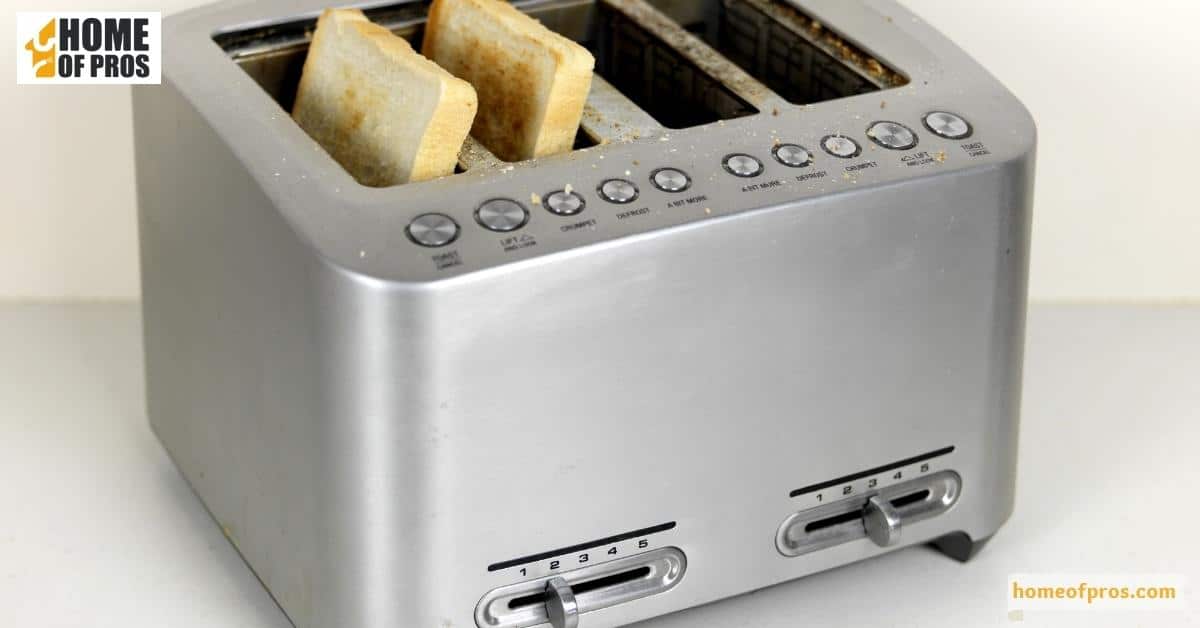
Repairing Blenders
Blenders are a versatile and convenient appliance in any kitchen, used for everything from making smoothies to pureeing soups. However, like any appliance, blenders can sometimes break down or experience malfunctions.
1. Blender Blades Not Spinning
One of the most common issues with blenders is when the blades don’t spin. This could be caused by a variety of issues, from a damaged blade assembly to a faulty motor.
To fix this issue, first, ensure that the blender is properly assembled and that the container is securely attached to the base. If the problem persists, it may be necessary to replace the blade assembly or motor.

2. Leaking Blender
A leaking blender can be messy and potentially dangerous if liquid drips onto electrical components. To fix this issue, first, check that the blender’s seal is properly attached and not worn or damaged. If the seal is intact, it may be time to replace the blender’s gasket or blade assembly.
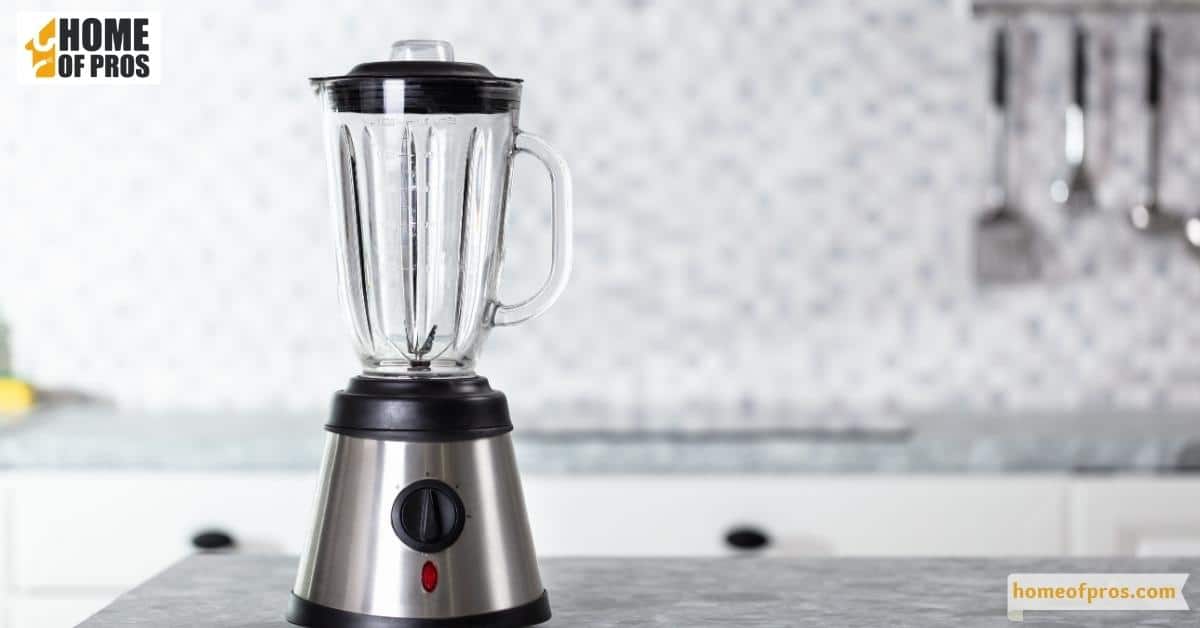
3. Blender Vibrating or Moving
If your blender is vibrating or moving while in use, it could be an indication that the jar is not properly secured to the base or that the blade assembly is damaged.
Make sure that the jar is firmly locked into place and that the blade assembly is properly assembled. If the issue persists, it may be time to replace the blade assembly.

4. Burnt Smell or Smoke from Blender
If your blender emits a burnt smell or smoke while in use, immediately turn off the appliance and unplug it. This could signal a serious issue such as a malfunctioning motor or overheated electrical components.
Allow the blender to cool down before attempting any repairs, and consider taking it to a professional repair service for assistance.

Repairing Food Processors
Food processors are versatile and convenient appliances in any kitchen, used for everything from chopping vegetables to mixing dough. However, like any appliance, food processors can sometimes break down or experience malfunctions.
1. Food Processor Won’t Turn On
If your food processor won’t turn on, it may be due to a faulty power cord or switch. Check that the food processor is properly plugged in and that the outlet is working.
If that doesn’t solve the problem, check the power cord for any damage or fraying. If the power cord looks fine, the issue may be with the switch or motor and it may be time to take the food processor to a professional repair service.

2. Food Processor Blades Not Spinning
When the blades of a food processor are not spinning, it can be frustrating. This could be due to a variety of issues, such as a damaged blade assembly or a faulty motor.
First, ensure that the food processor is properly assembled and that the container is securely attached to the base. If the issue persists, it may be necessary to replace the blade assembly or motor.
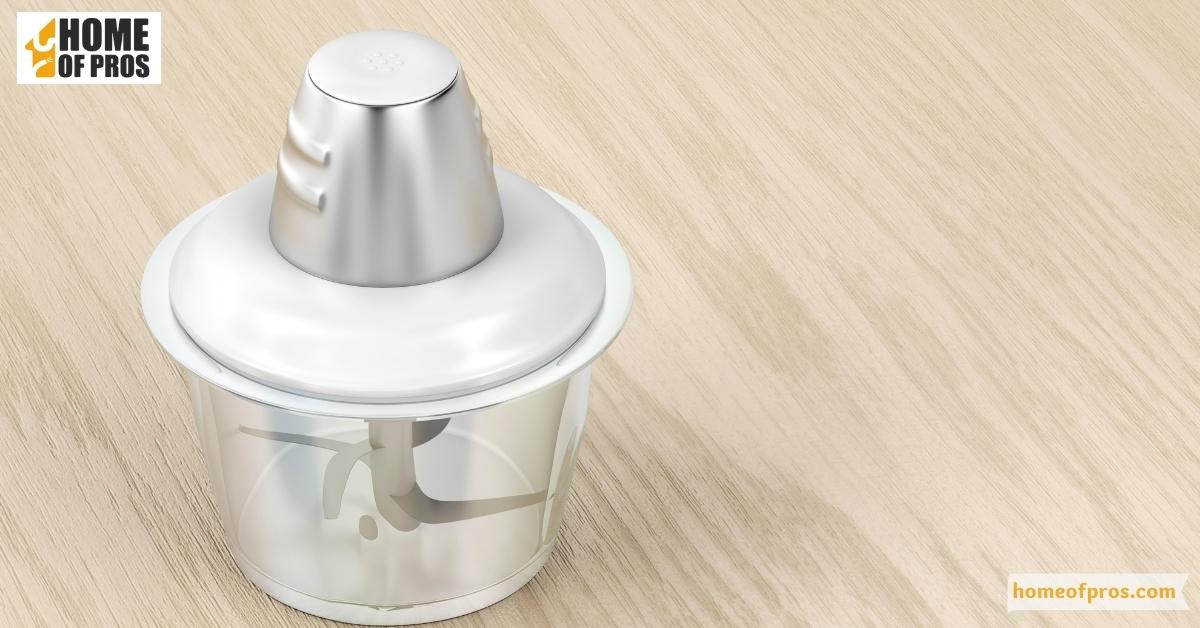
3. Leaking Food Processor
If your food processor is leaking, it may be due to worn or damaged gaskets or seals. The first step in fixing this issue is to unplug the food processor and disassemble it to identify the source of the leak.
Once you’ve identified the problem, such as a worn gasket, you can purchase a replacement and reassemble the food processor.
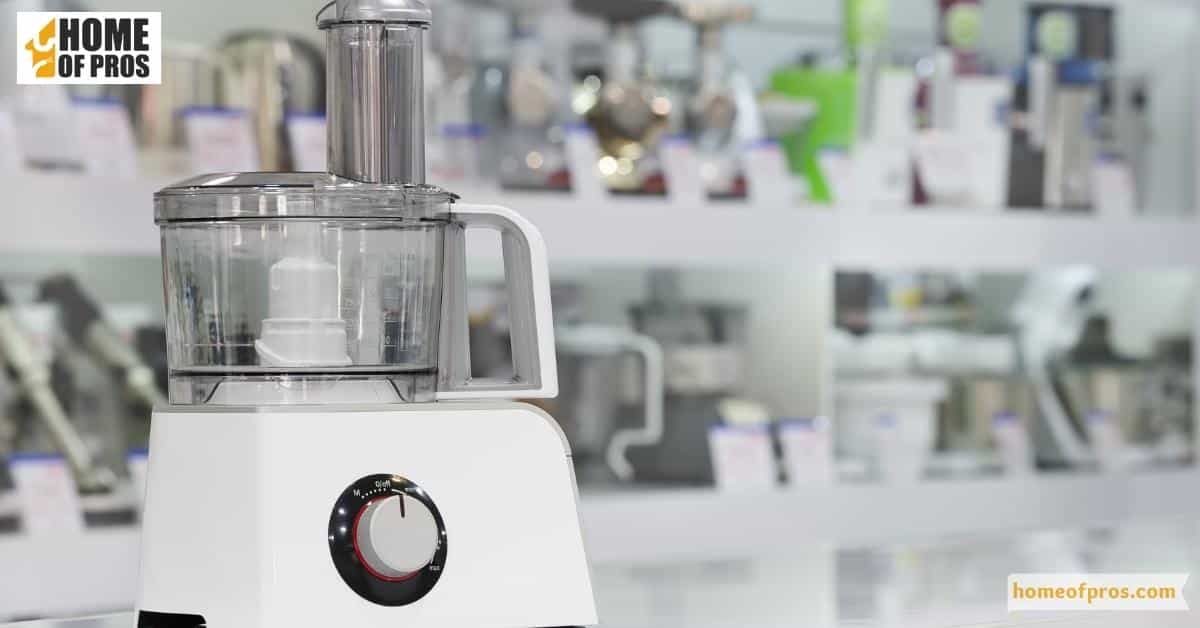
4. Food Processor Vibrating or Moving
If your food processor is vibrating or moving while in use, it could be an indication that the container is not properly secured to the base or that the blade assembly is damaged.
Make sure that the container is firmly locked into place and that the blade assembly is properly assembled. If the issue persists, it may be time to replace the blade assembly.
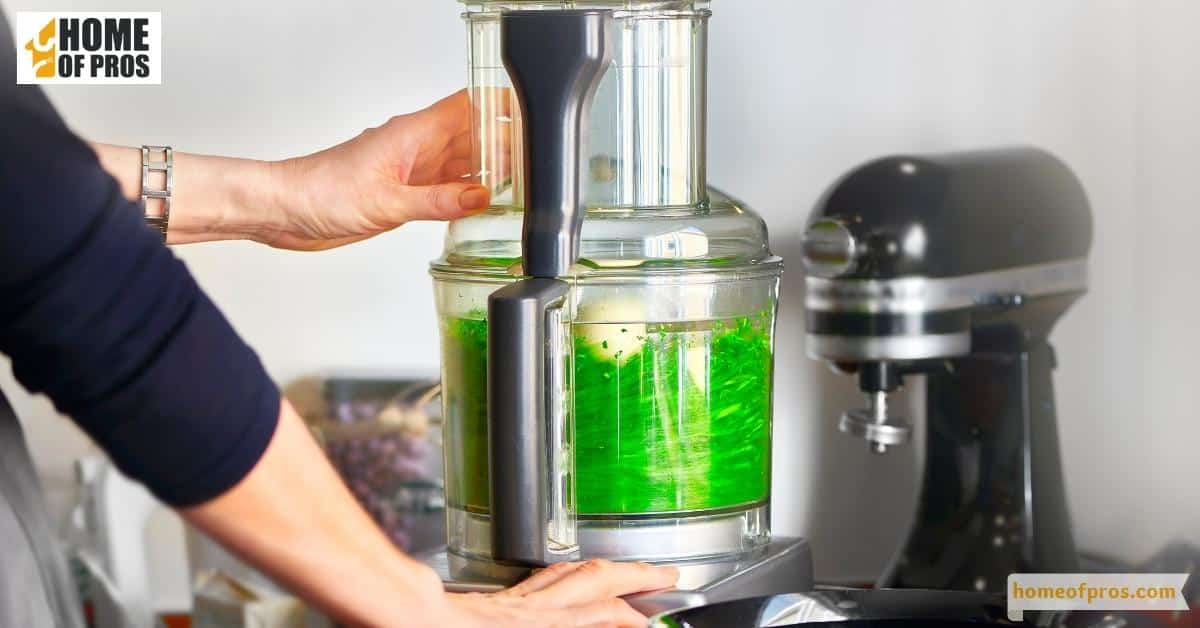
In conclusion
Repairing small kitchen appliances can be a cost-effective and practical solution instead of immediately replacing them. Coffee makers, toasters, blenders, and food processors are some of the most commonly used appliances in the kitchen. These appliances may have a straightforward design, but they are complex in functionality.
With a little effort and some knowledge, repairing them can be simple. Investing in repairing small appliances can also contribute to reducing waste and promoting environmental sustainability.












